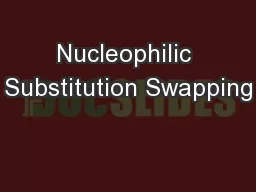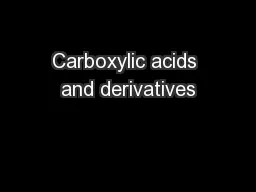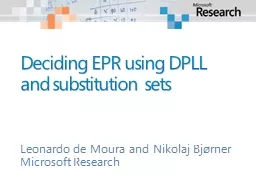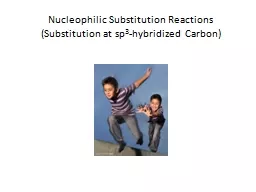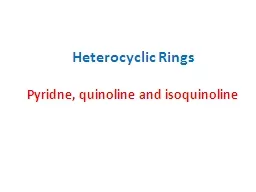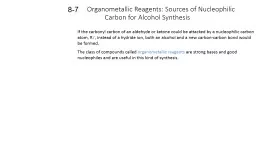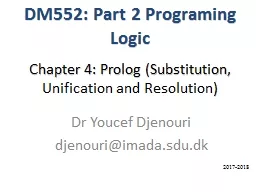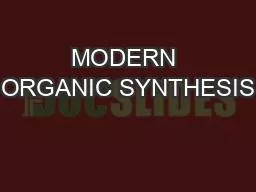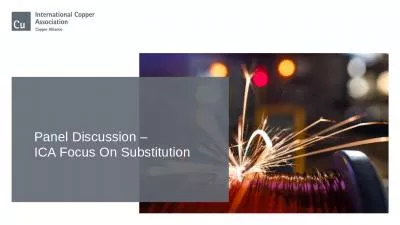PPT-Nucleophilic Substitution Swapping
Author : ellena-manuel | Published Date : 2017-06-23
Generic Equation Swap RX Nu RNu X The problem lies in the mechanism Importance of Alkyl Halides Precursor to many others NUCLEOPHILIC SUBSTITUTION Theory
Presentation Embed Code
Download Presentation
Download Presentation The PPT/PDF document "Nucleophilic Substitution Swapping" is the property of its rightful owner. Permission is granted to download and print the materials on this website for personal, non-commercial use only, and to display it on your personal computer provided you do not modify the materials and that you retain all copyright notices contained in the materials. By downloading content from our website, you accept the terms of this agreement.
Nucleophilic Substitution Swapping: Transcript
Download Rules Of Document
"Nucleophilic Substitution Swapping"The content belongs to its owner. You may download and print it for personal use, without modification, and keep all copyright notices. By downloading, you agree to these terms.
Related Documents

